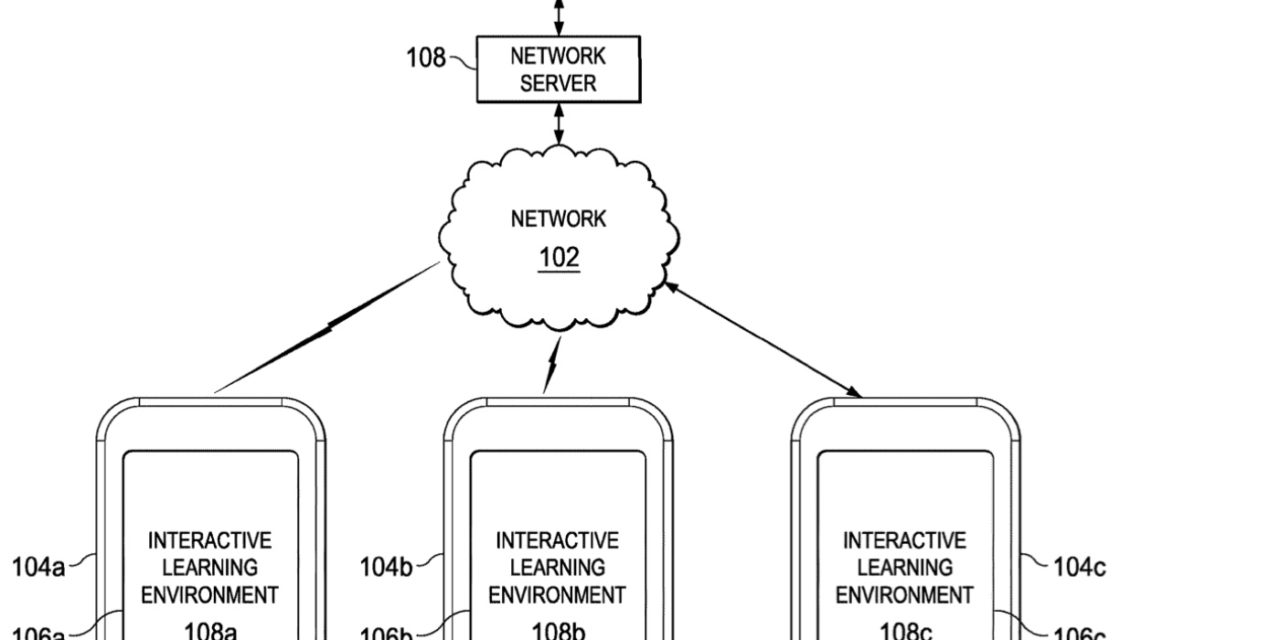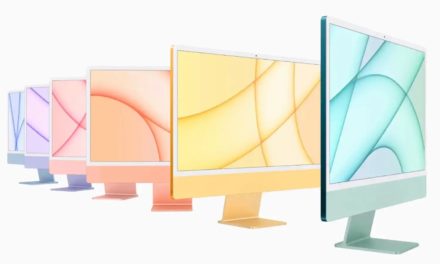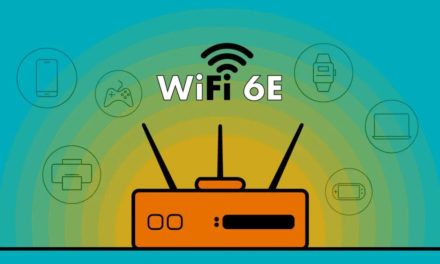Apple offers, among other things, Swift Playgrounds, but it wants to further integrate the iPad into educational environments, along with iPhones and even Apple Watches. The tech giant has been granted a patent (number 11,281,369) for “touch-based interactive learning environment.”
About the patent filing
In the patent filing, Apple says that learning how to program a computer to perform tasks from a textbook can be challenging for many students. To learn how to code quickly, a student will often write code, compile the code, and execute the code on a computer to see if they get the expected results. If the results are unexpected, the student will “debug” the code, compile the code, and execute the compiled code on the computer again.
This learning process can be frustrating to students due to the delay between writing, compiling, and executing the code and seeing the results. Most students would prefer to see the results in near real-time in an interactive learning environment.
Apple says that the computers that students are learning to program come in variety of form factors, including smartphones, smart watches and tablet computers. The use of touched-based tablet computers in classrooms is becoming ubiquitous due to their portable nature and ease of use. Writing programming constructs using touch gestures presents a new challenge to designers of user interfaces for touch-based computers. Apple wants to help overcome this challenge with touch-based interactive learning environments.
Summary of the patent filing
Here’s Apple’s abstract of the patent filing with technical details: “In an example method, a user interface is presented by a device on a touch sensitive surface of the device. The device presents a keyboard image on a touch sensitive surface of the device. The device then receives a first touch input selecting a key of the keyboard image and responsive to receiving the first touch input, displays a primary character associated with the selected key.
“While maintenance of physical contact is detected by the touch sensitive surface, the device receives a touch gesture starting at the key of the keyboard image and continuing in a diagonal direction along a face of the key. Responsive to receiving the touch gesture, the device displays an alternative character associated with the selected key.”
Article provided with permission from AppleWorld.Today




